A free template by Lucknowwebs.com for WYSIWYG WebBuilder 8
Powered by Sispro1-S
Nigel G Wilcox
Paragon Of Space Publication
© Copyright Reserved - United Kingdom
Ideal Screen Composition 1024 x 768
SITEMAP
SCIENCE RESEARCH
ABOUT
Desk
Supersonic
Stealth
MAIN INDEX
Sea-Air Planes
Shin-Meiwa US-2
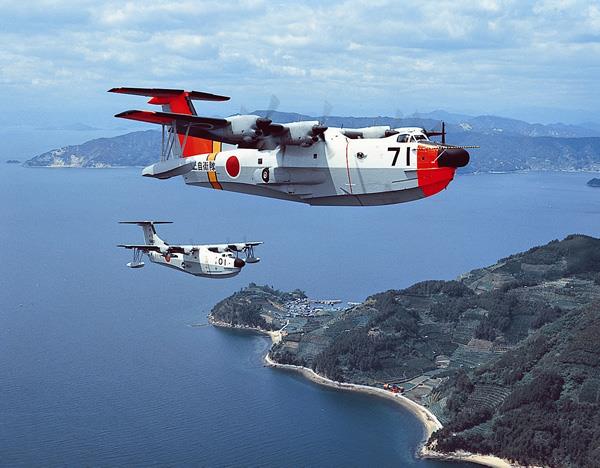
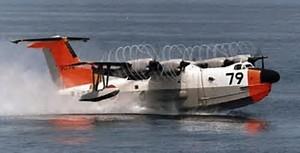
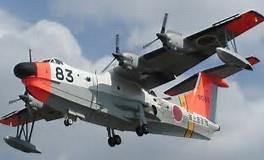
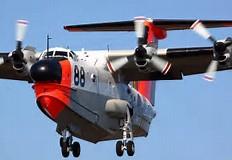
General characteristics
Crew: nine (pilot, co-pilot, flight engineer, navigator, radio operator, radar operator, two observers)
Capacity: 20 survivors or 12 stretchers (US-1 only)
Length: 33.46 m (109 ft 9¼ in)
Wingspan: 33.15 m (108 ft 9 in)
Height: 9.95 m (32 ft 7¾ in)
Wing area: 135.8 m² (1,462 ft²)
Empty weight: 23,300 kg (51,367 lb)
Max. takeoff weight: 45,000 kg[8] (99,200 lb)
plus 1× General Electric T58 gas turbine, 1,104 kW (1,360 shp) driving boundary layer control system
Powerplant: 4 × Ishikawajima-Harima/General Electric T64-IHI-10J turboprops, 2,605 kW (3,493 ehp) each
Performance
Maximum speed: 511 km/h (276 knots, 318 mph)
Cruise speed: 426 km/h (230 knots, 265 mph)
Range: 3,817 km (2,060 nmi, 2,372 mi)
Service ceiling: 7,195 m (23,600 ft)
Rate of climb: 8.1 m/s (1,600 ft/min)
Armament
4 x 150 kilograms (330 lb) depth charges, 2 x Mark 44 torpedo, 6 x 127mm Zuni rockets (PS-1 only)
Avionics
APS-80J Ocean search radar
AQS-10A Magnetic anomaly detector
HQS-101 dipping sonar
20 x Sonobuoys
AQA-5N Sonobuoy signal processors
ASA-16 ASW display system
Role: Air-sea rescue amphibian
Manufacturer: Shin Meiwa
First flight: 5 October 1967 (PX-S)[1]
Introduction: 1971 (PS-1)
Primary user: Japan Maritime Self Defense Force
Produced: PS-1: 23
US-1: 6:
US-1A: 14
Variants: ShinMaywa US-2
The Shin Meiwa PS-1 and US-1A (Japanese: 新明和 PS-1, US-1A) are large STOL aircraft designed for anti-submarine warfare (ASW) and air-sea rescue (SAR) work respectively by Japanese aircraft manufacturer Shin Meiwa. The PS-1 was a flying boat which carried its own beaching gear on board, while the US-1A is a true amphibian. The aircraft is to be replaced by the ShinMaywa US-2.
Maximum speed: 511 km/h (317.52 mph) Length: 109.78 ft Wingspan: 108.76 ft Manufacturer: Kawanishi Aircraft Company



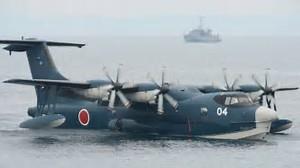
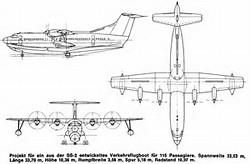
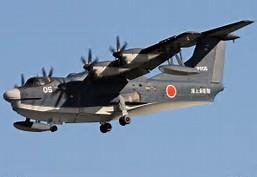
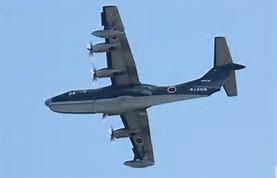
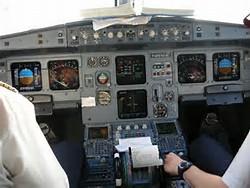
While no longer as heavily relied upon as in previous decades of military aviation, the flying boat is alive and well through a few choice aircraft including the Japanese ShinMaywa US-2. The US-2 goes beyond the capabilities of a flying boat by containing an inherent undercarriage facility which makes the aircraft a true "amphibian". With this trait, the US-2 serves the Japanese Maritime Self-Defense Force (JMSDF) well in the Search-and-Rescue (SAR) role. First flight was on December 18th, 2003 with series introduction occurring on March 30th, 2007. Production has been ongoing since 2003. The series was adopted to succeed the aging US-1/PS-1 family of amphibious flying boats of which 43 were produced.
Earlier in its life, the US-2 fell under the Shin Meiwa Industries brand label until the company was reborn as ShinMaywa Industries of Takarazuka (Hyogo Prefecture) in 1992.
The US-2 features a typical operating crew of eleven and can seat up to 20 passengers or, alternatively, 12 medical litters with applicable staff. Overall length of the aircraft reaches 33.5 meters with a wingspan of 33 meters and height of 9.8 meters. Empty weight is 56,500 lb with a Maximum Take-Off Weight (MTOW) of 105,150 lb. Power is through 4 x Rolls-Royce AE2100J series turboprop engines developing 4,590 horsepower each and driving six-bladed Dowty R414 series propeller units. Additional boundary layer control is provided through an LHTEC T800 turbine engine supplying an additional 1,360 horsepower. Performance specifications include a maximum speed of 350 miles per hour, a cruising speed of 300 miles per hour, a range out to 3,000 miles, and a service ceiling up to 23,600 feet. Performance of the US-2 provides for Short Take-Off and Landing (STOL) qualities which is always appreciated by maritime services.
Outwardly, the US-2 exhibits a traditional flying boat appearance with shoulder-mounted wings holding the engines along their leading edge, a T-style tail unit, and a boat-like hull under the fuselage. The cockpit is aft and over the nose with a commanding view of the action ahead as well as unfettered views of the engines. Pontoon floats are carried under each wing mainplane outboard of the engine pairings. The cargo hold is suitable for many at-sea mission types (including resupply initiatives) but primarily serves the SAR role.
Beyond the JMSDF, the US-2 has garnered interest from the Indian Navy who is in search of a modern SAR platform. The service may purchase as many as eighteen of the type. Japanese naval US-2 aircraft are stationed at Iwakuni Air Base in Southwest Japan and Atsugi Air Base in Eastern Japan.
S'sonic
Stealth
Menu
Space
Transport
Menu
Topic
Menu
Study
Menu














